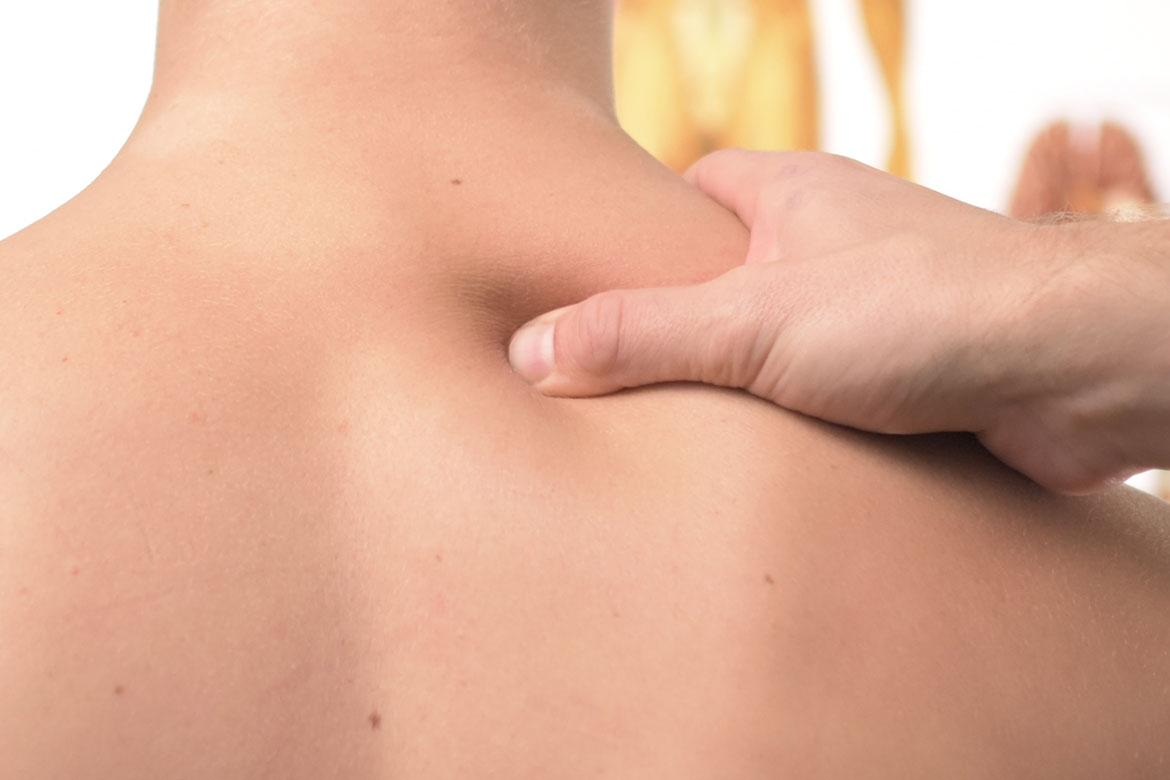28th September, 2021
How To Correct Your Manual Handling Technique
Manual handling is simple, right? We do it all the time, so how can it go wrong? Since manual handling injuries account for around a third of workplace injuries, it seems like lifting and carrying is not as simple as it sounds! Here are nine simple ways to correct your manual handling technique.

We lift and carry things all the time, at home and work. But since manual handling injuries account for around a third of workplace injuries, it seems like lifting and carrying is not as simple as it sounds!
Manual handling causes over a third of all workplace injuries. These include work-related musculoskeletal disorders (MSDs) such as pain and injuries to arms, legs and joints, and repetitive strain injuries of various sorts.
Every year, thousands and thousands of workers get injured through manual handling. It's one of our top health risks at work. Nearly half a million workers suffer from work-related musculoskeletal disorders (yikes!). The biggest cause? You guessed it, manual handling.
Most of the time, you probably don't even give manual handling a second thought. And that's half the problem right there. We don't think about it. So when bad habits sneak in, they tend to stick around. But you can correct your manual handling technique and avoid getting hurt. Because when manual handling injuries happen, they tend to stick around too.
8.9 million working days lost due to work-related musculoskeletal disorders in 2019/20
First, here are our 9 safe manual handling techniques in a short video (or you can skip ahead to the summary below).
Feet apart
Before you lift, or carry, or push or pull, you need to be in a stable position. If not, you're going to put stress on all the wrong parts of your body (like your spine). Standing with your feet apart gives you a firm base to start your manual handling activity.
You don't need to stay rigid. Being fluid and adapting to the load will help you avoid strains. Move your feet if you need to during the lift to keep yourself steady.
Knees bent
Your back is the weakest part of your body during a lift. And the area most prone to manual handling injuries. Your legs are the strongest. So use those leg muscles to lift. Bend your legs and not your back.
Always bend your knees and hips to start the lift, and don't stoop over the load. A slight bending of the back is fine - you don't need to be a professional squatter to get your lift right!
Back straight
Following on from the point above, keep your back straight when lifting and carrying. If you bend forward or stoop over, you put extra strain on your back, and that can cause injuries.
Don't make the common mistake of straightening your legs before you start to raise the load, as this can make your back bend further.
Good grip
A good grip will help you lift and carry your loads safely. If you suddenly drop a load, or it slips, not only could you crush your feet, but you could jolt your body.
Use your body and arms to help, rather than just hands only. And if you wear gloves with an extra grip layer, this can also help you get a good grasp.
If the load is too heavy or difficult to get a good grip, you might need some help.
Hold close
The closer the load is to your body, the easier it is to handle. Holding it out away from your body will make it feel heavier, and you'll feel weaker.
Hold the load close. For stability, the heaviest side should be closest to your body. The load should be hugged as close as possible to the body, during the lift and throughout the carry.
Waist height
The load should be lifted to and carried at waist height. Any higher, you'll increase the strain on your arms. Any lower, you risk stooping and damaging your back.
Are you struggling to keep a load at waist height? If your arms keep dropping, then the weight is too heavy to manage on your own. Get help.
Chin up
Keep your chin up - it's all going to be ok. No, seriously, do keep your chin up and look forward when you're carrying.
It's tempting to look down at the load, but you need to look forward once you're holding the load securely. So you can make sure there are no trip hazards or unexpected obstructions ahead.
If you can't look away from the load, then it's probably because it's not secure. Maybe you have carefully balanced a few items. Break the load down or secure the items together so that you can carry them safely.
Avoid twisting
Don't twist your back or lean sideways when manual handling. Doing this, especially during a lift while your back is bent, puts you in a weak position and increases the risk of injuries.
If you need to turn, move the feet and keep your hips in the same direction.
Move smoothly
When you are lifting, carrying, pushing or pulling, the rule is always the same. Move smoothly. Smooth movements reduce the risk of stress and strain.
If you find you need to 'jerk' the load, chances are it's too heavy or you can't keep it under control. Get help if you need it.
Raise awareness with your team and reduce the risk in your workplace with the free manual handling toolbox talk.
This article was written by Emma at HASpod. Emma has over 10 years experience in health and safety and BSc (Hons) Construction Management. She is NEBOSH qualified and Tech IOSH.
Can you handle this?
Take our manual handling elearning course and get your certificate today.
Course InfoRecent posts like this...

Manual Handling? Think LITE!
Manual handling is the leading cause of musculoskeletal disorders at work. To avoid pulled muscles and painful joints, it's important to know how much you can safely lift, and use good handling techniques. In this blog post, we learn how to think LITE.
Read Post
13 Types Of Manual Handling Injuries And The Hazards That Cause Them
It might surprise you that manual handling is responsible for over 30% of workplace injuries. For something so simple, why so many accidents? Well, it's likely to be because we don't expect anything to go wrong - we lift things all the time.
Read Post
The Importance Of Safe Manual Handling Techniques
Manual handling might not seem high risk, but it is actually one of the most common causes of workplace injuries. The importance of safe manual handling techniques can therefore mean the difference between a productive day at work or being off work with a bad back!
Read Post